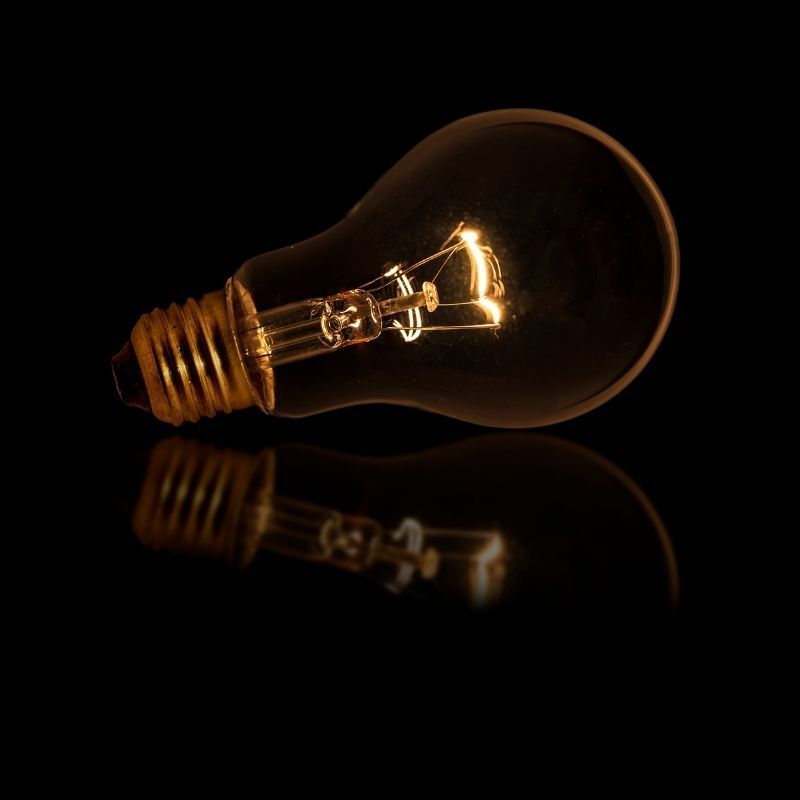A Brief History of Energy - Fusion Power | Dyball Associates
With a UK experimental fusion reactor being successfully powered on for the first time recently we thought we’d take a brief look at the history of Fusion Power, the energy source that could be the solution to many energy and environmental issues.
What is Fusion Power?
Fusion is one of the most powerful reactions in the universe and is the reaction that powers the stars we see in the night sky including our Sun.
In its most simple terms, this awesome power results from the fusion of hydrogen into helium. In a fusion process, two lighter atomic nuclei combine to form a heavier nucleus, while releasing energy.
Fusion energy offers the potential of an abundant, inherently safe low-carbon electricity supply (the raw materials are found in seawater and the Earth’s crust). It involves fusing hydrogen particles in a hot gas known as a ‘plasma’ to unlock large amounts of energy.
It was in the 1920s when the science of nuclear fusion first began to be understood. The British astrophysicist Arthur Eddington published his theory that stars get their energy from the fusion of helium into helium in 1926 and scientists have been adding to his theories ever since.

The 1930s and Global conflict
During the 1930s, scientists first discovered that nuclear fusion was possible and confirmed Eddington’s theory that it was the process that powers the universe’s stars.
With the advent of World War Two, both the Axis and Allied powers researched fusion for possible military use but discovered that triggering a fusion reaction was incredibly difficult. Instead, research went into what became the nuclear weapons used on Imperial Japan at the end of the war.
Following the end of the war, the Cold War began, and the USA, UK and USSR began researching fusion once again.
The 1950s and the Cold War
At first, the research was classed as top secret by all sides but by the middle of the 1950s scientists became convinced that fusion had no useful military applications and was of little use to the development of the thermonuclear warheads that imperilled the world at that time.
As a result, the powers working on fusion research decided to declassify their work and the age of cooperation in fusion research began between the USA and USSR.
During this time researchers began to start looking at possibilities of replicating the nuclear fusion process on Earth. Soviet scientists Andrei Sakharov and Igor Tamm came up with the idea for a magnetic confinement device known as the tokamak.
From this point on several dozen, different ideas were put forward and after extensive research on each, it was decided that the tokamak was the most efficient design.
The 1960s and discoveries
In the 1960s scientists received a new tool to use in their attempts to create a fusion reaction. The invention of the laser provided them with the means to heat fuels so suddenly that the plasma needed would not be able to escape before it was destroyed in the fusion reaction.
During this period, many different fusion devices were created but none of them was able to create a practical fusion reaction. With money effectively being lost the USA switched its focus onto a single device, the tokamak. Today some scientists believe this narrowing of focus was a big mistake as it limited the possibilities and set research efforts back considerably.
With the oil crisis of the 1970s and growing awareness of climate change and other environmental issues, the scientific community stepped up its efforts to get fusion to work.
In Europe, several nations begin to work together and develop their own fusion research programmes.
Fall of the Iron Curtain and the present day
With the fall of the Berlin wall and the collapse of the Soviet Union, the world’s scientific communities began closer cooperation on fusion research.
In the 1990s, the European JET reactor was the first in the world to utilise tritium and deuterium and in 1997 the reactor set the current world record for fusion output at 16 MW. Since then a multitude of new bigger and larger reactors have been created, all with the objective of creating a sustainable fusion reaction.
UK achievement
Fusion power is still very much in its research phase, but scientists are getting closer to making a viable fusion reaction that could be used to power homes and businesses across the world.
The UK Atomic Energy Authority’s (UKAEA) MAST reactor achieved ‘first plasma’ in October which means that all of the essential components of the reactor are working together successfully.
UKAEA CEO, Professor Ian Chapman, said: “MAST Upgrade will take us closer to delivering sustainable, clean fusion energy. This experiment will break new ground and test technology that has never been tried before. It will be a vital testing facility on our journey to delivering the STEP fusion power plant.”
Further Reading
A Brief History of Energy – Wind Power
A Brief History of Energy - Nuclear Power
A Brief History of Energy – Coal
Dyball Associates are proud to help new supply businesses successfully launch in the UK market.
Through our energy market consultancy services, and the software we’ve developed, we’re supporting new UK electricity and gas suppliers get set up and start supplying.
For more information on how to start and manage an energy company, get in touch with Dyball Associates today.






